Denise Kiernan visits SJ Town Hall, shares story of Oak Ridge facility.
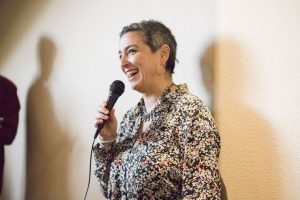
Best selling author, journalist and producer Denise Kiernan visits San Joaquin Valley Town Hall at William Saroyan Theater, Jan. 18. Kiernan spoke about her book, The Girls of Atomic City, and the untold story of the women who helped win World War II during the Manhattan Project.
Kiernan started out in journalism as a freelance writer. Since then she has written numerous other books including her most recent, The Last Castle, which tells the epic story of love, loss and American royalty in the nation’s largest home.
Her work has been recognized in The New York Times, The Wall Street Journal, The Village Voice, Ms. Magazine, Reader’s Digest and Discover. She also worked as head writer for ABC‘s “Who Wants to Be a Millionaire” during its Emmy award-winning first season and has produced for ESPN, MSNBC and many other productions.
Kiernan discovered the story that would be the basis for her bestselling book, The Girls of the Atomic City, while browsing a Department of Energy webpage. Kiernan’s curiosity on the subject originated from a picture she saw of young women enriching uranium.
“I have a particular soft spot for true stories and the stories of people that may have been forgotten,” Kiernan said. “The Girls of the Atomic City is narrated in non-fiction. It is the true story of young women and men living and working in a secret government city in Tennessee during World War II. The secret government city they were working in would come to be known as Oak Ridge and the project they were working on would come to be known casually as the Manhattan Project.”
The American WWII-era Manhattan Project aimed to create the world’s first nuclear weapons to be used in war. Scientist refugees like Albert Einstein who escaped from European fascist regimes assisted in the development of the bombs.
Although many were involved in the project, few people actually knew what the top-secret project was about. At the Oak Ridge facility in Tennessee, the true purpose of the facility was kept secret from workers and inhabitants. Workers at the facility enriched uranium that was used in testing and in making the atomic weapons of mass destruction. At its height, the Oak Ridge facility used more electricity than New York City in their processing of uranium.
After researching the subject and discovering that the story was mostly unheard of, Kiernan determined to write and share the story of the women at Oak Ridge. Kiernan believed that the stories of those who resided and worked in Oak Ridge provided an important point of view for the development of the first nuclear weapons. Kiernan shared a story with the audience of one woman’s story of how she came to work at Oakridge. A wartime secretary, Celia, worked in New York City before her move to the ‘Atomic City’.

“She gets called into her boss’s office one day and he says, ‘Celia you are doing a great job. We are actually moving our headquarters and I would love for you to come with us.’ She said, ‘Thank you very much, where are we going?’ He said, ‘Well it’s going to be somewhere in the south.’ She said, ‘OK, I have never been to the south. What is it I am going to be doing there?’ ‘Well it will probably be very similar to what you are doing here, but that could change.’ (he said) ‘OK, how long are we going for?’ (Celia said.) ‘Six months, maybe nine but it could be longer.’ (he said.)”
As her siblings fought in the global conflict, she felt a need to support them and help bring them home. During the war, Celia’s two brothers left to fight in Italy and the Pacific. She was informed the job opportunity would help the war effort.
“‘If you are not going to tell me where I am going, how do you want me to get there?’ He said, ‘Don’t worry about it. Everything will be taken care of. We will send a car to pick you up at your apartment, take you to the train station, tickets will be waiting for you. Someone on the train will tell you when to get off and then you will be taken by car to your final destination.’ She said, OK.”
According to Kiernan, Oak Ridge facilities were completely segregated by race. She shares an African American woman’s perspective of life in the facility as a person of color.
“Katy was incredibly important to this story because it allowed me to explore the segregation that existed in Oak Ridge,” Kiernan said. “Oak Ridge was completely segregated. Katy lived with four sometimes five other women in a 16×16 foot hut. She came with her husband. She was not permitted to live with her husband. Her husband had to live in a separate hutment area.”
Katy endured the harsh and discriminatory conditions for the higher wages she received while working at Oak Ridge. Each week, she and her husband sent money home to their children who were living with their grandmother. Kiernan shares a plan Katy devised so she could see her husband.
“Katy hated the food in their cafeteria. She often got sick (from the food),” Kiernan said. They were not supposed to cook in their hutments but she was determined to figure out a way to get around that. She was working in K25 one day when a weld was being constructed. A welder was welding off the ends of some I-beams and tossing the scraps to the side. She yelled up to him, ‘Make me some biscuit pans.

“Sure enough three days later he comes in with three fairly rectangular biscuit pans,” Kiernan continued. “She figured out a way to lean the pans against the potbelly stove that was in the middle of the hutment so she could cook. She made really good biscuits. She started using the biscuits to bribe all the guards to let her stay with her husband whenever she wanted.”
Kiernan realizes that girls who are recruited out of their high school aren’t expected to do anything on their own, they are just expected to find a husband. Kiernan states that the book teaches young girls to be adventurous and brave. She found most of the women that she interviewed were quite inspiring in the fact that they were willing to go off into the unknown, very little information about where they were going or what they were going to be doing.
A lasting impression is Kiernan’s reminder that everyone has a story to tell, no matter how small it may seem. Her interviews with the women of the Manhattan Project and their stories, help unpack the importance of those who served there. Most either thought and/or told Kiernan initially, ‘I really didn’t do anything important. I don’t have anything of importance to share.’ The book, The Girls of the Atomic City, are a testimony to the lives of all who serve everyday without knowledge or knowing how important their voice.
Sam Cross can be reached via email and via Twitter.
Kamryn Schultz can be reached via email and Twitter.
For more SJV Town Hall articles, read Renowned cartoonist Kevin Kallaugher speaks at SJV Town Hall. For more articles, read Students refine talents and share stories through artistic pieces.








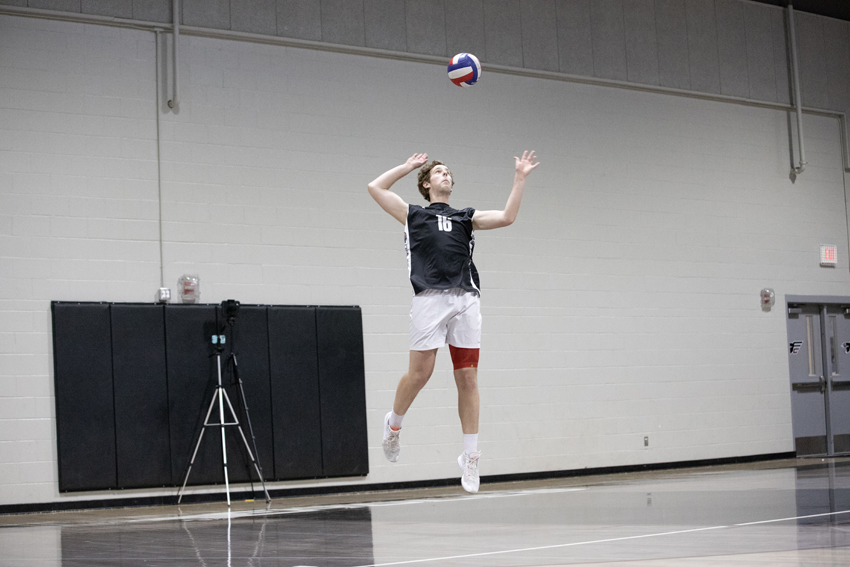
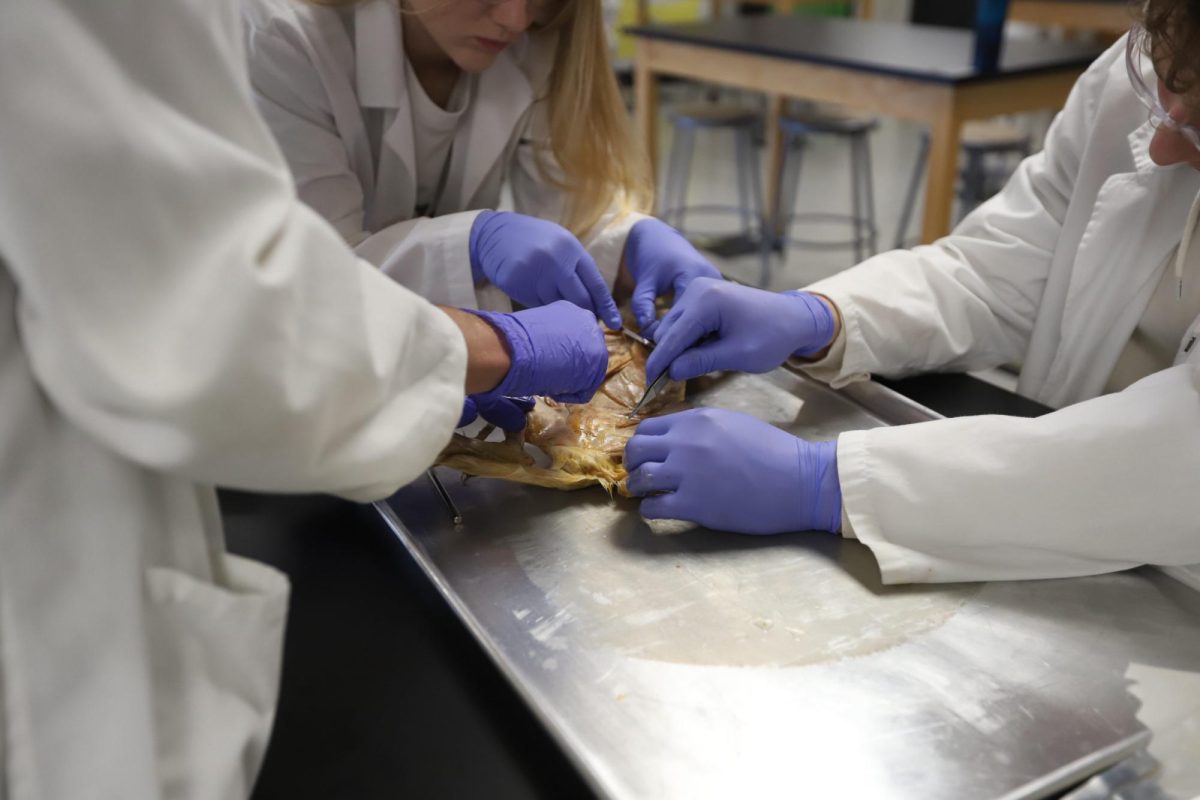
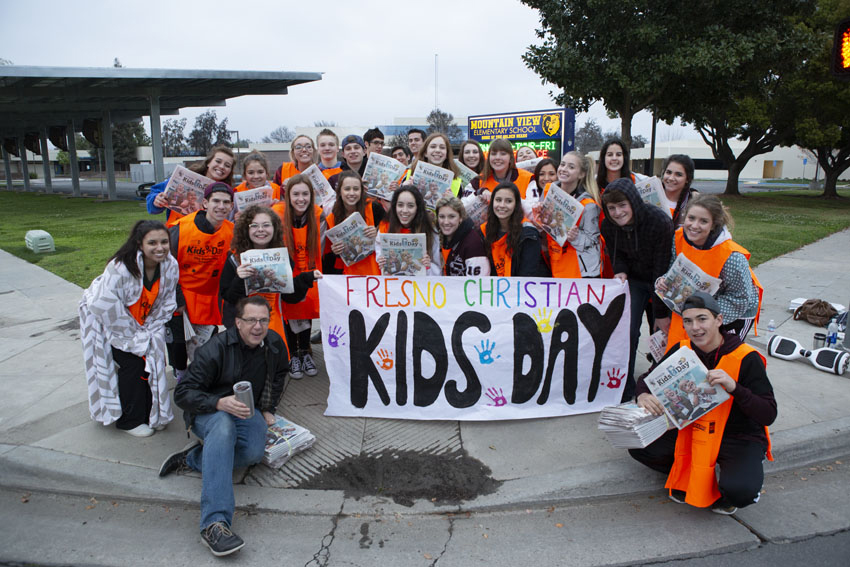
![[Video] 100th CSPA Spring Journalism Conference](https://thefeather.com/wp-content/uploads/2024/04/20240308-cspa-crown-002.jpg)
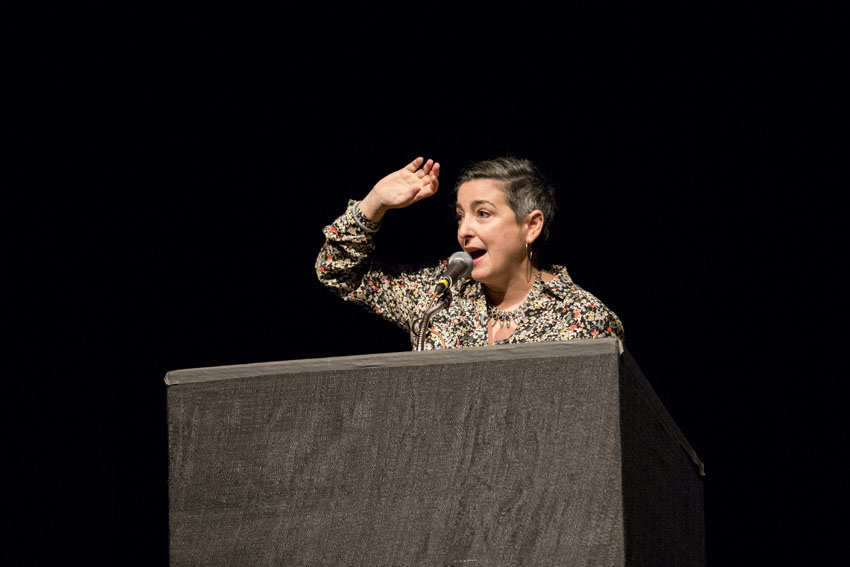


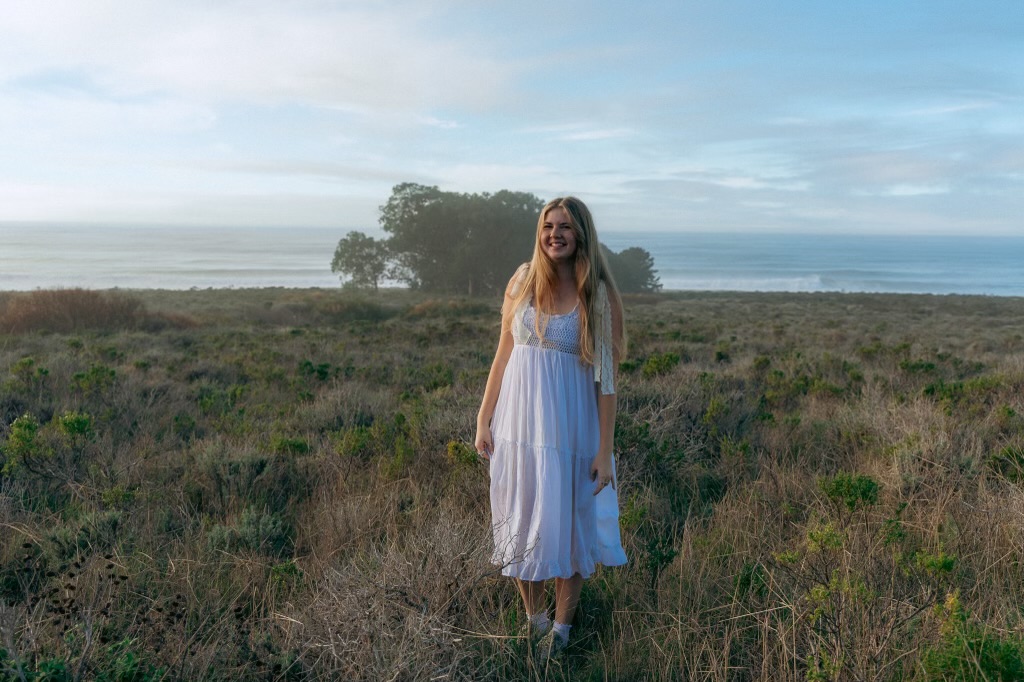


Bret Mitchell • Jan 30, 2018 at 12:49 pm
Beautiful style, Sam! I learned quite a lot and you made that happen! I’m proud of you!
G'Pa • Jan 25, 2018 at 10:53 am
Good job, Sam!!!!
Jill Cross • Jan 24, 2018 at 4:13 pm
Great article! It’s so important to recognize contributions made by women and minorities that have, until now, been marginalized.
Erin Wilson • Jan 24, 2018 at 11:24 am
Nice job Sam!! Love it 🙂
Joey Huang • Jan 24, 2018 at 11:23 am
Great job on the article, meaningful insights about the author
Linda Cross • Jan 23, 2018 at 8:33 pm
Very informative article by Sam Cross in an interview with Denise Kiernan on the Oak Ridge facility. Very well written!
Kaylie Clem • Jan 23, 2018 at 5:47 pm
Nice job on the article Sam!